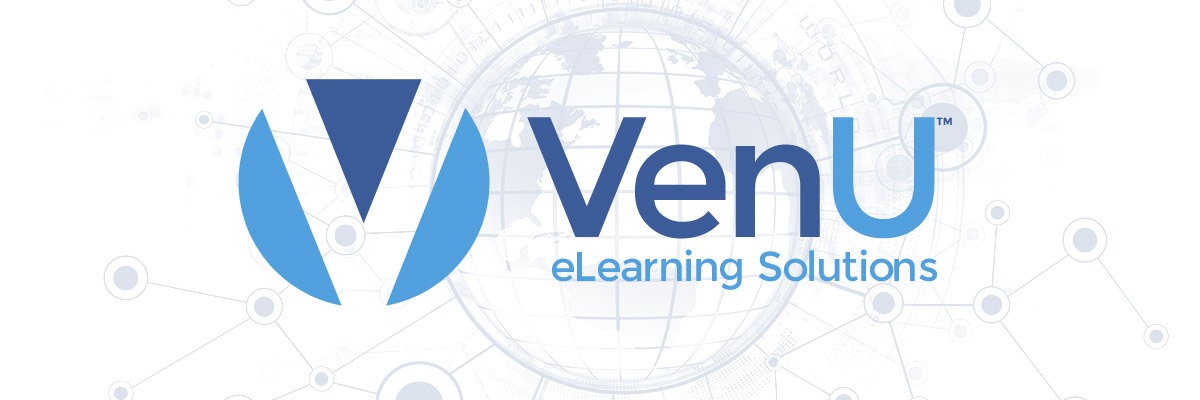As discussed in a previous post, digital communication dominates every aspect of personal and professional life. This influx of information requires learning professionals to employ new strategies to combat learning loss and boost retention, therefore, performance support has become paramount.
Performance support is, essentially, providing the necessary tool for a learner to complete a job or task at the moment of need. It is vital that learners receive continued support beyond an initial training event – that’s where performance support becomes critical. Our clients have found that leveraging content management tools like our Content Library to put this information in the hands of learners is increasing both efficiency and productivity.
Below are some performance support examples and how they can be used to support your learning initiatives:
Infographics

Video
Interactive PDFs

Clicking on a hyperlink jumps to a different document hosted elsewhere or to an external website. A cross-reference refers readers from one part of your document to another in the PDF file. Cross-references are useful in documents such as user guides and reference manuals!
Performance support tools can also include FAQs, process maps, checklists and more. VenU clients rely on a number of built-in communication tools, the Content Library and more to put these important job aids in the hands of learners quickly and easily. VenU clients who need assistance leveraging the LMS to deliver Performance Support tools should reach out to their dedicated project manager. Not a VenU™ client, but want to learn more? Contact us today at 800.596.8544.

